 Facebook
Facebook
 X
X
 Instagram
Instagram
 TikTok
TikTok
 Youtube
Youtube
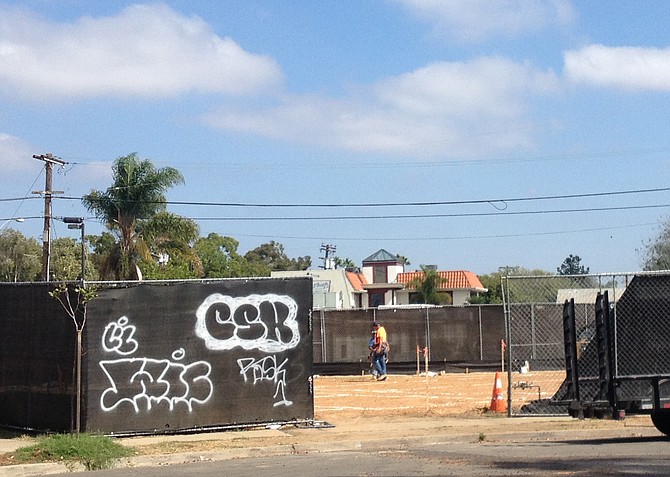
According to neighbors, the house at 4591 Gila Avenue was an eyesore. Neighbors lodged complaints about hoarding — the back yard looked like a construction site, complete with a forklift, Bobcat, trucks, and trailers.
Edward Johnson and his wife bought their home across the street on Gila Avenue in 2014. He said about six months ago the tenant moved out of 4591 Gila. The windows were boarded up and a "trash bag" was put over the roof, turning the eyesore into a black eye. And then, on August 25, Johnson returned home that evening to find the eyesore gone.
“After the demolition,” said Johnson, “I was hoping that someone was going to build a nice new house to help make the neighborhood nicer, but a neighbor told me that the developer was going to build a 12-unit apartment [building] and I thought, You’re kidding!”
4591 Gila is already flanked by apartments on both sides.
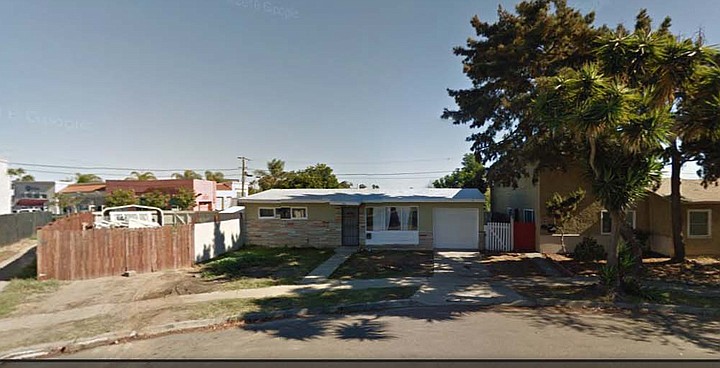
According to the city’s September 29 invoice, Bay Park Capital (the project owner), has plans to build a three-story, twelve-unit apartment building on the lot they purchased in October 2015.
“Developers are making the area more dense,” said Johnson. “Does Mayor Faulconer or [Councilmember] Lorie Zapf know how dense it’s getting? Can the police handle all this new density? Will they be able to as it grows? Are they going to add in another one to two officers into the budget at the Northern Division to handle it? After that SWAT stand-off that happened on Memorial Weekend, I’m thinking of asking not to be [militarily] deployed because I’m worried about my wife’s safety.”
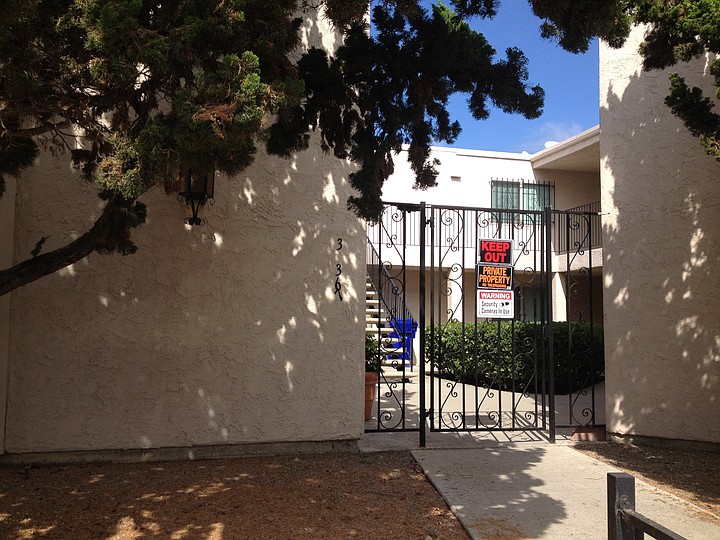
According to Mark Herring of the San Diego Police Department, on May 30 they responded to a report of a shooting at 4534 Gila, but no suspect or victim was located at that time. He added that, over the past three years, police have been called out 11 times to 4591 Gila and 20 times to the apartments on each side of the project site.
Herring also confirmed that the SDPD does not get additional officers solely based on a new development. “The department analyzes several different factors in determining how many officers are allocated to each patrol division. Some of these factors are the amount of calls for service, crime rates, out-of-service time for the officers [how long they are unavailable to respond to other calls], just to name a few. This data is reviewed and helps determines the overall patrol numbers. So, a new development in an area may or may not affect this data."
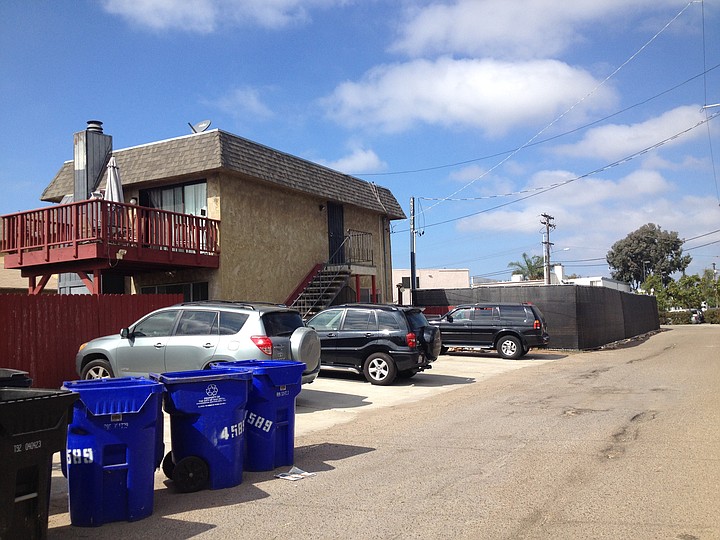
After finding out about the developer’s plans, Johnson called Zapf’s office and spoke to Adrian Sevilla, who suggested he speak out about the issue at the next local planning meeting. Johnson, along with five other neighbors, did just that at the September 20 Clairemont planning group meeting. “I said something about it and a guy on the planning group got a little wound up. Another member got mad at him; it didn’t go anywhere. We felt shut down. We’ve invested in our homes — you would think we’d have some sort of say about what goes into our neighborhood.”
According to Jimmy Combs, Development Services Department project manager for the Gila project, “This project is considered Process 1,” meaning it lives or dies with city staff approval or denial. It’s the only one of the five developmental processes that requires no notification to nearby residents.
I asked city communications why replacing a 726-square-foot single-story home with a three-story 15,299-square-foot apartment building wasn’t significant enough to warrant notifying nearby neighbors or requiring more than a simple “Process 1.” Their response was that it just wasn’t significant enough of a project to warrant notifying nearby residents because the lot was already zoned to allow the construction of an apartment building.
I also asked how unusual it was for a demolition permit to be applied for and issued on the same day of the actual demolition, as was this case, all on August 25. While unusual, they said, it’s possible to get a demolition permit in one day.
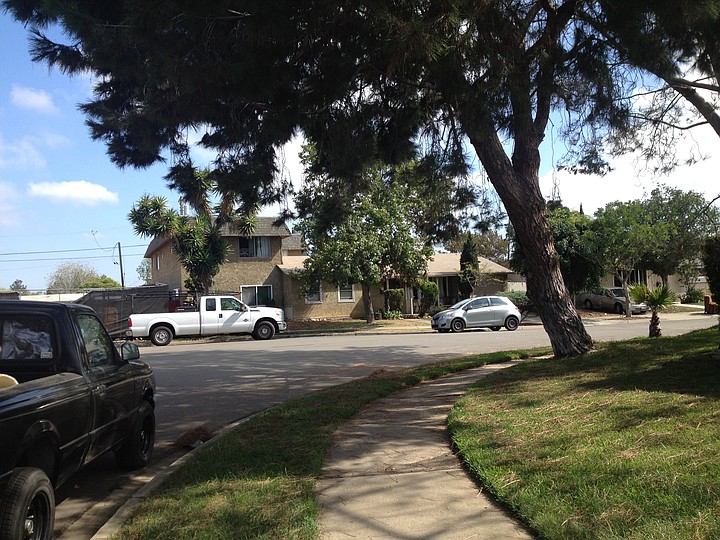
About this, Johnson said, “Here I'm trying to follow all the rules, putting up solar panels and fighting an uphill battle to get the city to inspect, and they get a permit in one day? I’m sure I’ll have more trouble widening my driveway than this developer [does] to build an entire apartment building in my neighborhood.”
There is also a notation on the building permit about a deferral agreement for development impact fees, giving the developer up to two years to pay the fees. These impact fees go toward the new development's share of public services. I asked development services about this and was told to contact the Housing Commission for more information. Scott Marshall from the Housing Commission then directed me back to development services, saying they handle that.
According to the city’s website, developers must sign an agreement with the city to take advantage of this deferment.
A projected value of more than $1.4 million is also noted on the building permit, which more than doubles the property value and significantly raises the taxes the city can collect moving forward.
Aside from concerns about crime, Johnson said parking is a huge issue. So much so, it’s difficult to have guests over to his home.
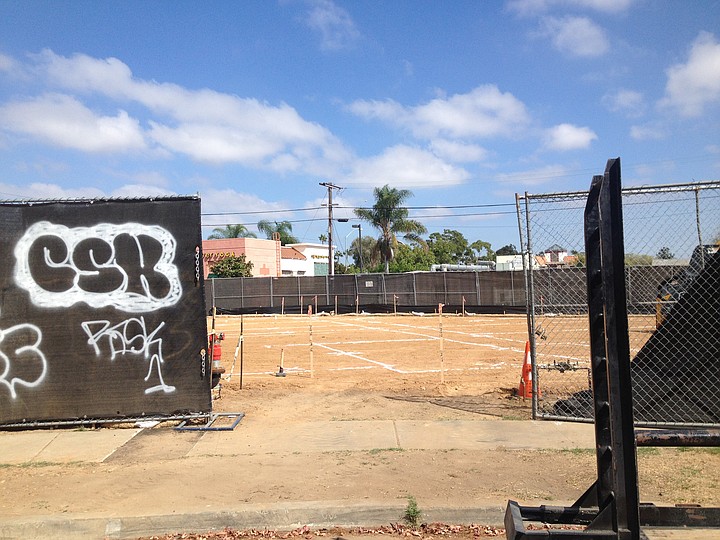
Having no luck getting any answers on this front from city communications, development services, or the developer, I talked to two workers that were chalk-lining the future Gila apartments on October 12. As they were hunched over what looked like building plans, I asked where future tenants were going to park — any plans for a parking garage? One of the workers replied, “I don’t know about that, the apartments here, not much space for that you see [pointing to the chalk outlines]. Maybe something over there [pointing to a tiny portion of dirt in the corner of the lot].


According to neighbors, the house at 4591 Gila Avenue was an eyesore. Neighbors lodged complaints about hoarding — the back yard looked like a construction site, complete with a forklift, Bobcat, trucks, and trailers.
Edward Johnson and his wife bought their home across the street on Gila Avenue in 2014. He said about six months ago the tenant moved out of 4591 Gila. The windows were boarded up and a "trash bag" was put over the roof, turning the eyesore into a black eye. And then, on August 25, Johnson returned home that evening to find the eyesore gone.
“After the demolition,” said Johnson, “I was hoping that someone was going to build a nice new house to help make the neighborhood nicer, but a neighbor told me that the developer was going to build a 12-unit apartment [building] and I thought, You’re kidding!”
4591 Gila is already flanked by apartments on both sides.

According to the city’s September 29 invoice, Bay Park Capital (the project owner), has plans to build a three-story, twelve-unit apartment building on the lot they purchased in October 2015.
“Developers are making the area more dense,” said Johnson. “Does Mayor Faulconer or [Councilmember] Lorie Zapf know how dense it’s getting? Can the police handle all this new density? Will they be able to as it grows? Are they going to add in another one to two officers into the budget at the Northern Division to handle it? After that SWAT stand-off that happened on Memorial Weekend, I’m thinking of asking not to be [militarily] deployed because I’m worried about my wife’s safety.”

According to Mark Herring of the San Diego Police Department, on May 30 they responded to a report of a shooting at 4534 Gila, but no suspect or victim was located at that time. He added that, over the past three years, police have been called out 11 times to 4591 Gila and 20 times to the apartments on each side of the project site.
Herring also confirmed that the SDPD does not get additional officers solely based on a new development. “The department analyzes several different factors in determining how many officers are allocated to each patrol division. Some of these factors are the amount of calls for service, crime rates, out-of-service time for the officers [how long they are unavailable to respond to other calls], just to name a few. This data is reviewed and helps determines the overall patrol numbers. So, a new development in an area may or may not affect this data."

After finding out about the developer’s plans, Johnson called Zapf’s office and spoke to Adrian Sevilla, who suggested he speak out about the issue at the next local planning meeting. Johnson, along with five other neighbors, did just that at the September 20 Clairemont planning group meeting. “I said something about it and a guy on the planning group got a little wound up. Another member got mad at him; it didn’t go anywhere. We felt shut down. We’ve invested in our homes — you would think we’d have some sort of say about what goes into our neighborhood.”
According to Jimmy Combs, Development Services Department project manager for the Gila project, “This project is considered Process 1,” meaning it lives or dies with city staff approval or denial. It’s the only one of the five developmental processes that requires no notification to nearby residents.
I asked city communications why replacing a 726-square-foot single-story home with a three-story 15,299-square-foot apartment building wasn’t significant enough to warrant notifying nearby neighbors or requiring more than a simple “Process 1.” Their response was that it just wasn’t significant enough of a project to warrant notifying nearby residents because the lot was already zoned to allow the construction of an apartment building.
I also asked how unusual it was for a demolition permit to be applied for and issued on the same day of the actual demolition, as was this case, all on August 25. While unusual, they said, it’s possible to get a demolition permit in one day.

About this, Johnson said, “Here I'm trying to follow all the rules, putting up solar panels and fighting an uphill battle to get the city to inspect, and they get a permit in one day? I’m sure I’ll have more trouble widening my driveway than this developer [does] to build an entire apartment building in my neighborhood.”
There is also a notation on the building permit about a deferral agreement for development impact fees, giving the developer up to two years to pay the fees. These impact fees go toward the new development's share of public services. I asked development services about this and was told to contact the Housing Commission for more information. Scott Marshall from the Housing Commission then directed me back to development services, saying they handle that.
According to the city’s website, developers must sign an agreement with the city to take advantage of this deferment.
A projected value of more than $1.4 million is also noted on the building permit, which more than doubles the property value and significantly raises the taxes the city can collect moving forward.
Aside from concerns about crime, Johnson said parking is a huge issue. So much so, it’s difficult to have guests over to his home.

Having no luck getting any answers on this front from city communications, development services, or the developer, I talked to two workers that were chalk-lining the future Gila apartments on October 12. As they were hunched over what looked like building plans, I asked where future tenants were going to park — any plans for a parking garage? One of the workers replied, “I don’t know about that, the apartments here, not much space for that you see [pointing to the chalk outlines]. Maybe something over there [pointing to a tiny portion of dirt in the corner of the lot].
Comments